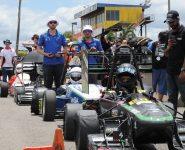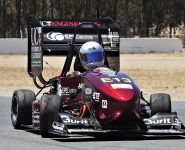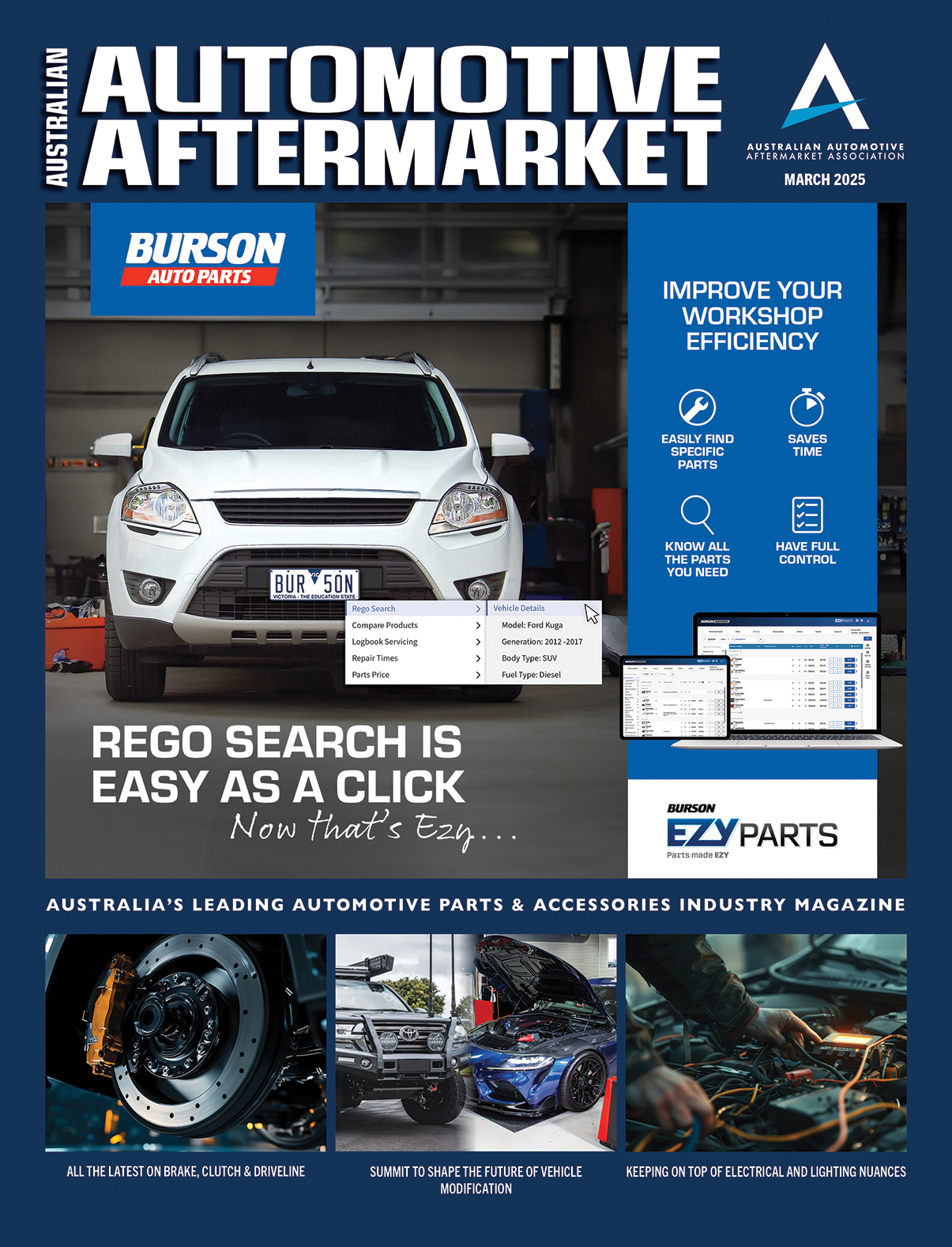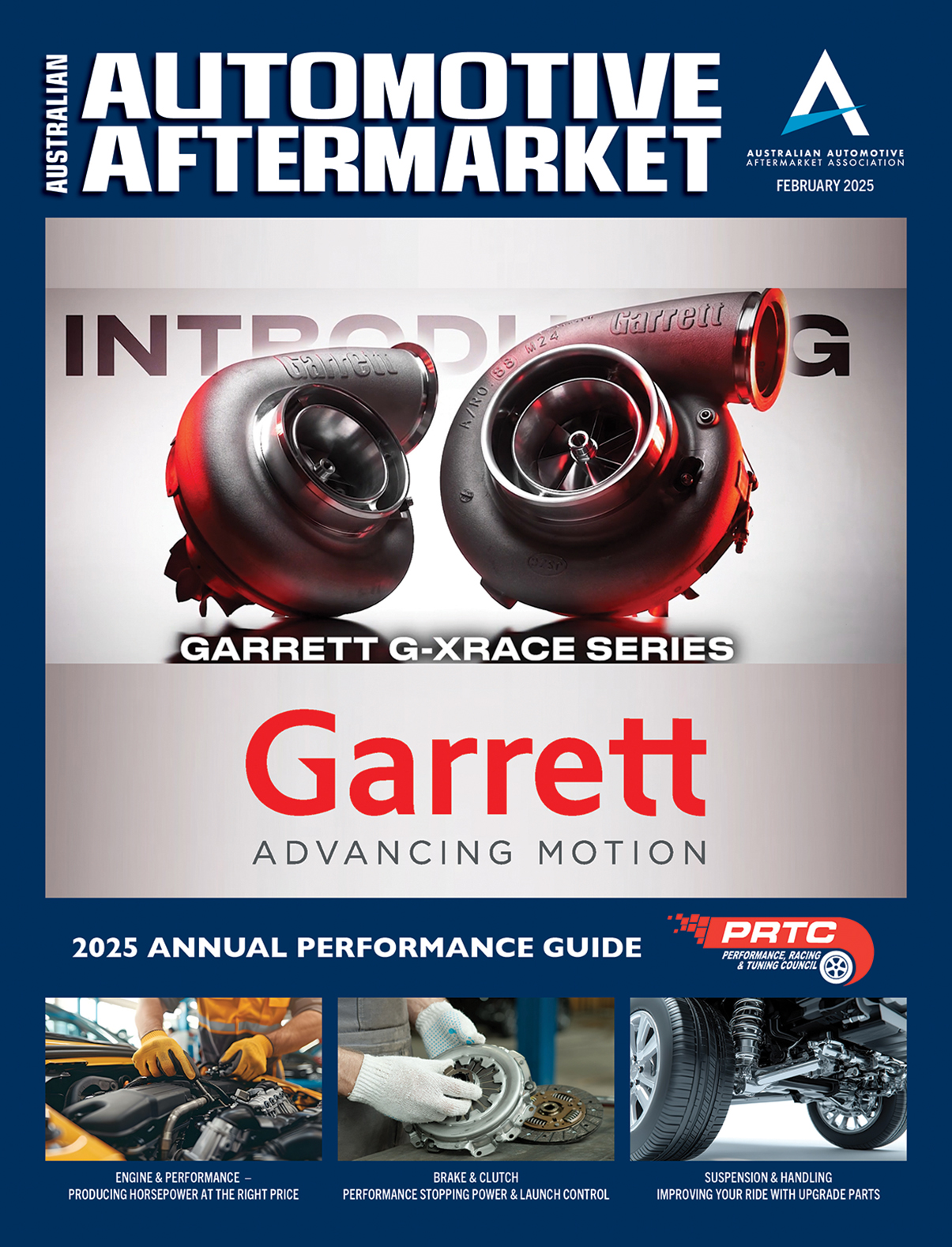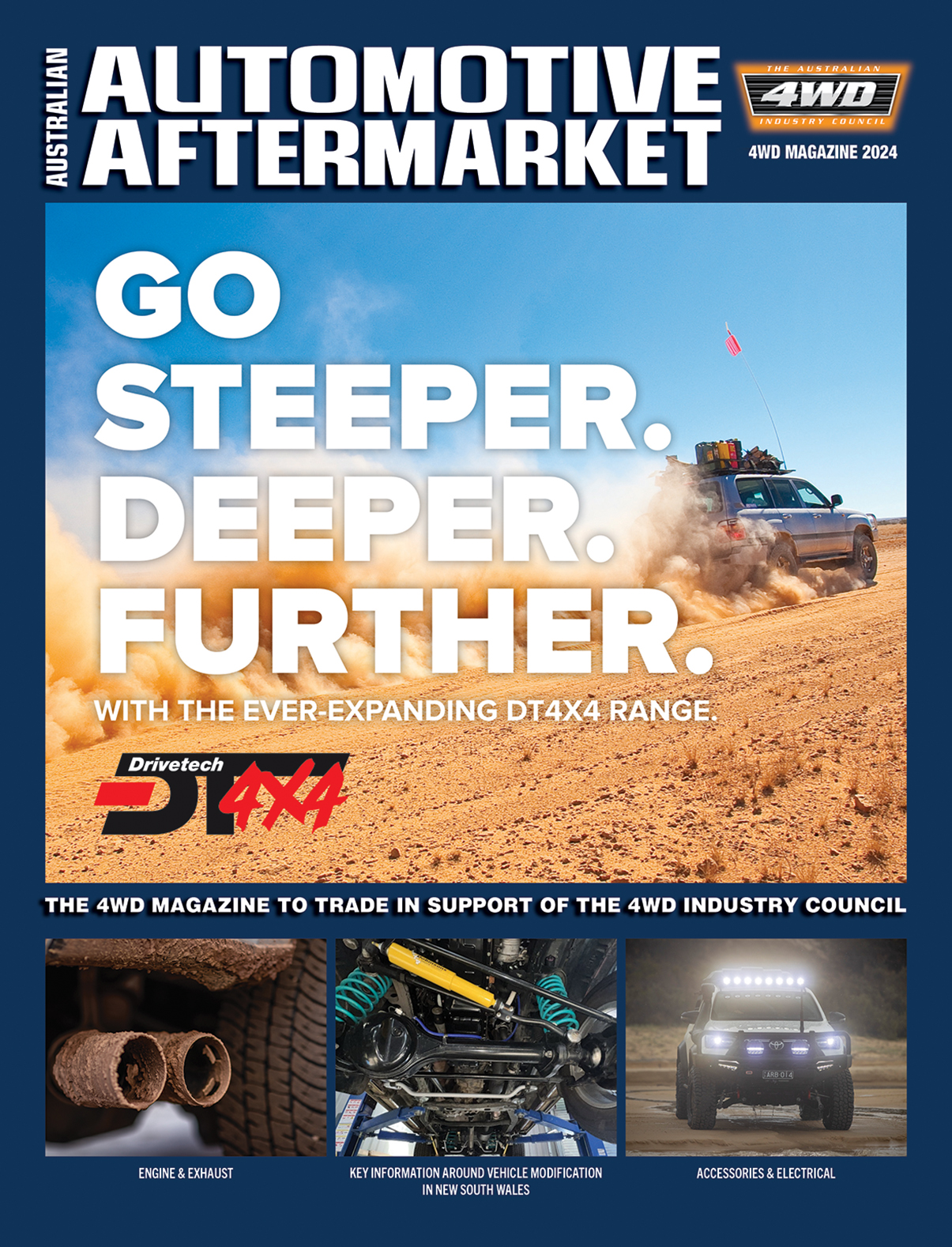EVs DOMINATE 2024 FORMULA SAE
In a sign of the times, battery power was the dominant propulsion method at the Formula SAE competition last December
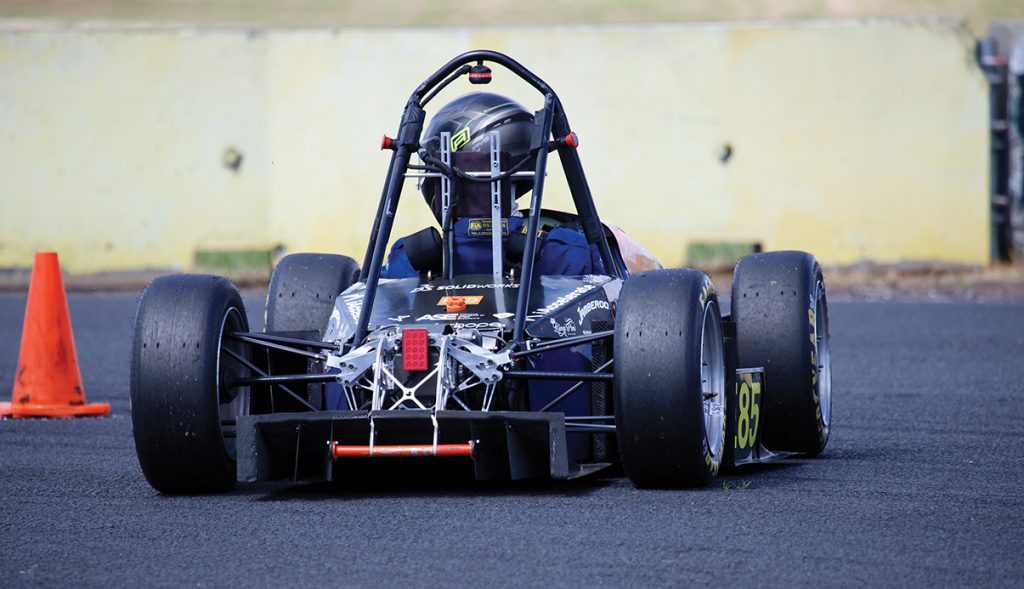
Held over three days at Melbourne’s Calder Park Raceway in early December 2024, the Formula SAE competition showcased the talents of automotive engineering students from universities from across Australia and New Zealand.
In keeping with current and predicted future automotive trends a massive field of 22 teams entered the EV class, with just four teams opting for the internal combustion engine (ICE) class. There were also five teams taking part in the experimental autonomous vehicle class.
Judged on criteria such as cost, engineering design, business presentation, efficiency and endurance, as well as skills such as skid pad, acceleration and autocross, the students battled it out in varying weather conditions across the weekend, which included rain, wind, and stifling heat.
The team from Monash University took out the overall win in the EV class, while the RMIT team was the victor in the ICE class.
One of the judges tasked with assessing the business presentation, Vincent Chu, said this year’s talent was of an amazingly high standard.
“It is a mix of performance, quality and preparation. We’ve had a couple of teams that have performed very well,” Vincent said.
“There were some really interesting concepts and ideas presented, which is great to see.”
However, this event is not supposed to be about winning and losing – just don’t tell that to the highly competitive students – but rather taking part and learning.
The weekend also included a VIP lunch – which was attended by three politicians: Bridget Vallence, David Hodgett and Matthew Guy among other dignitaries – and a careers expo.
SAE-A Chief Executive Officer and Chair of the Organising Committee, Adrian Feeney, described the event as a huge success, but stressed that the true achievement of the students is measured in learning and knowledge gained rather than event results.
“If you want to get us really angry, tell us it’s just a race. The students think it is a race, but we know that it is an education program,” Adrian said.
“However, when you drill down to what is involved, what they go through is what you would go through in a manufacturing company…from designing to manufacturing, to testing, to financing, to getting sponsors, which is marketing.
“We call them job ready. We estimate that these students are two to three years ahead of students that don’t do the Formula SAE program.”
Adrian also noted the transition from ICE power to future technologies, which, he says, will stand the students in good stead to be the engineers of tomorrow.
“EV started in 2010 as a demonstration class and it has been a big learning curve, but we have seen rapid acceleration of the growth and understanding at the university level now,” Adrian said.
For more information, please visit www.saea.com.au/formula-sae-a


